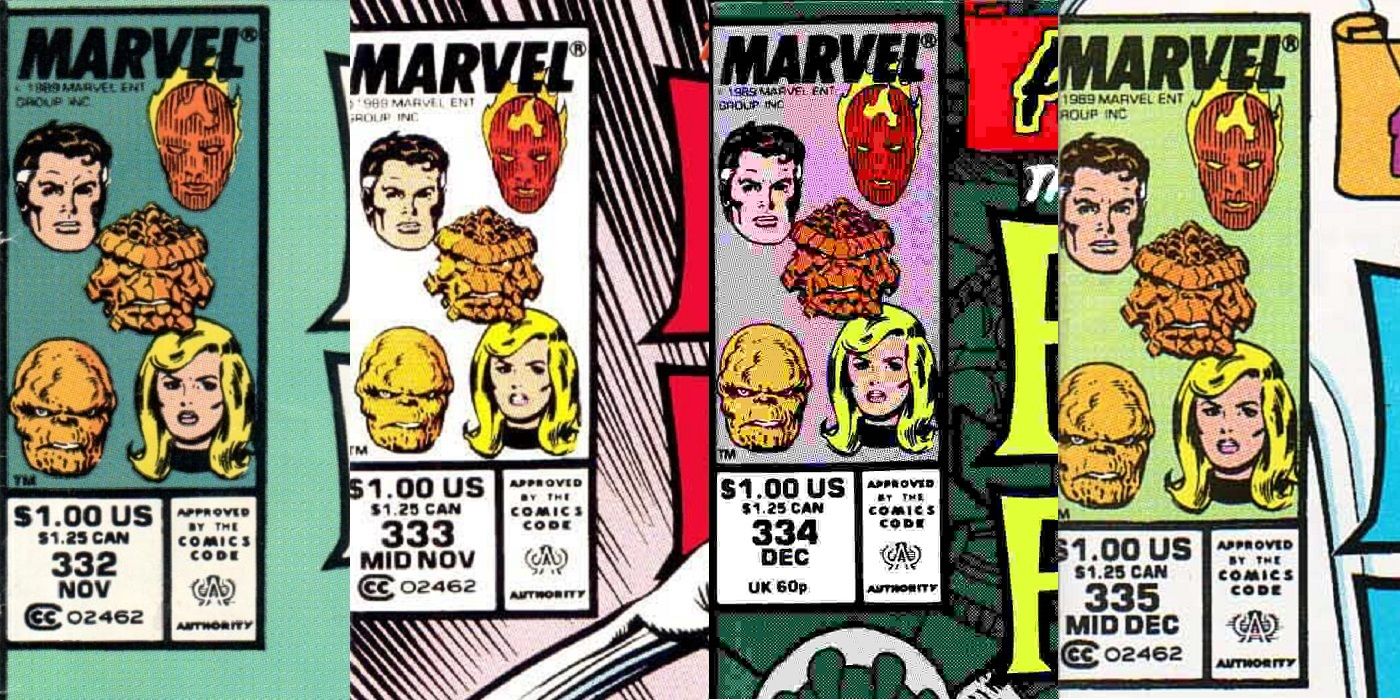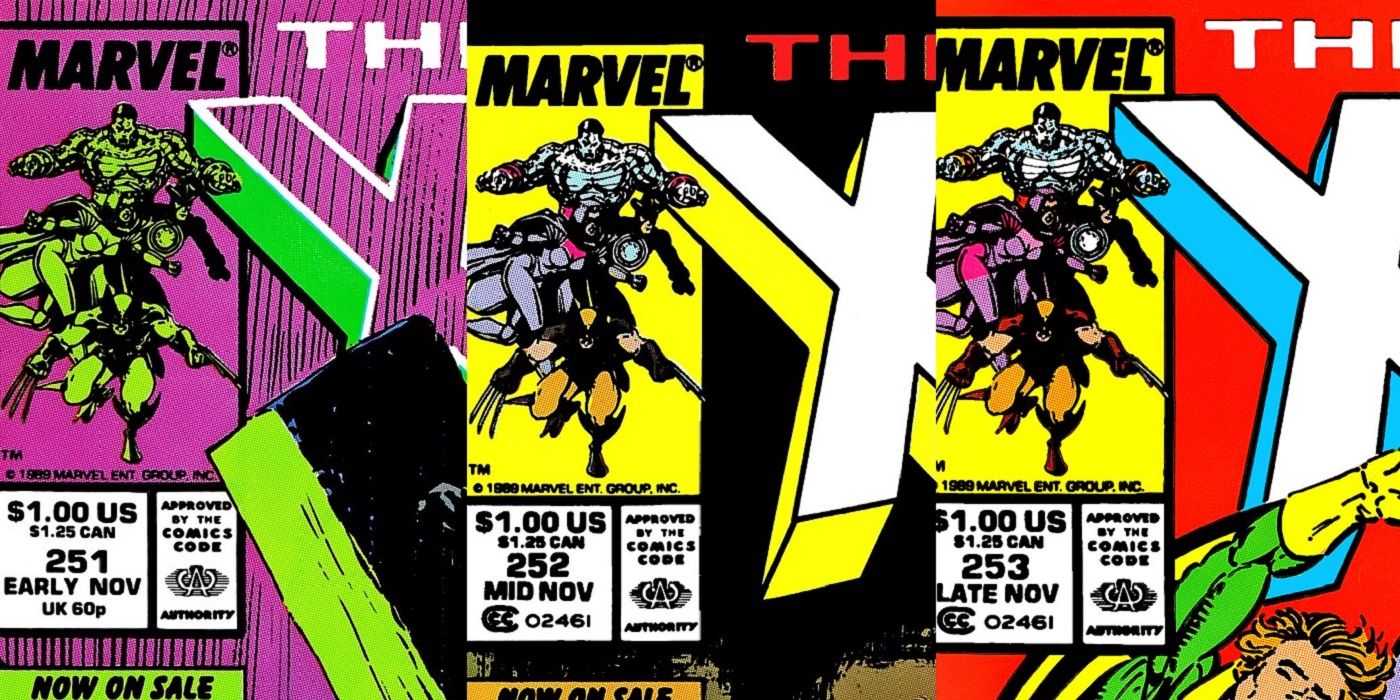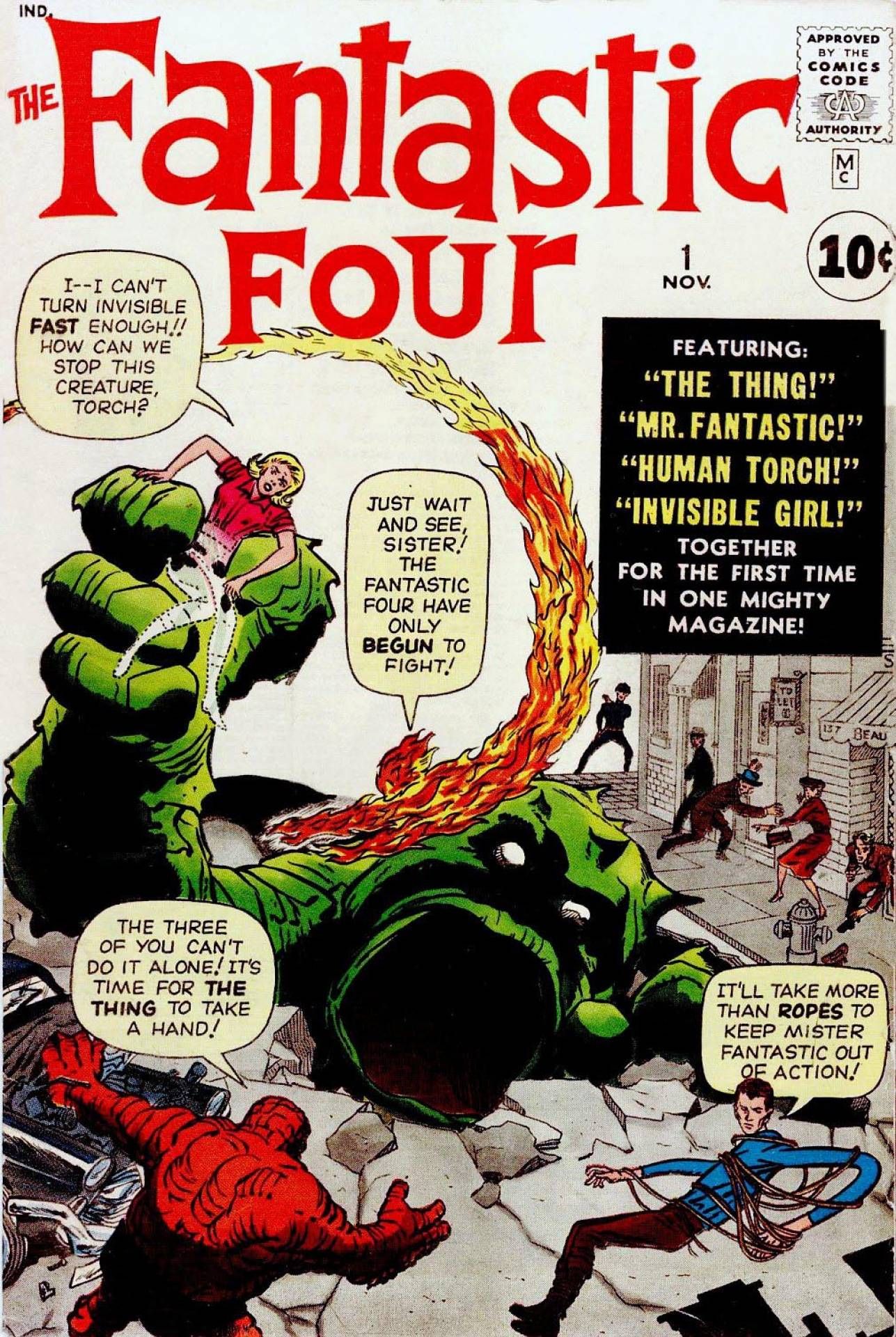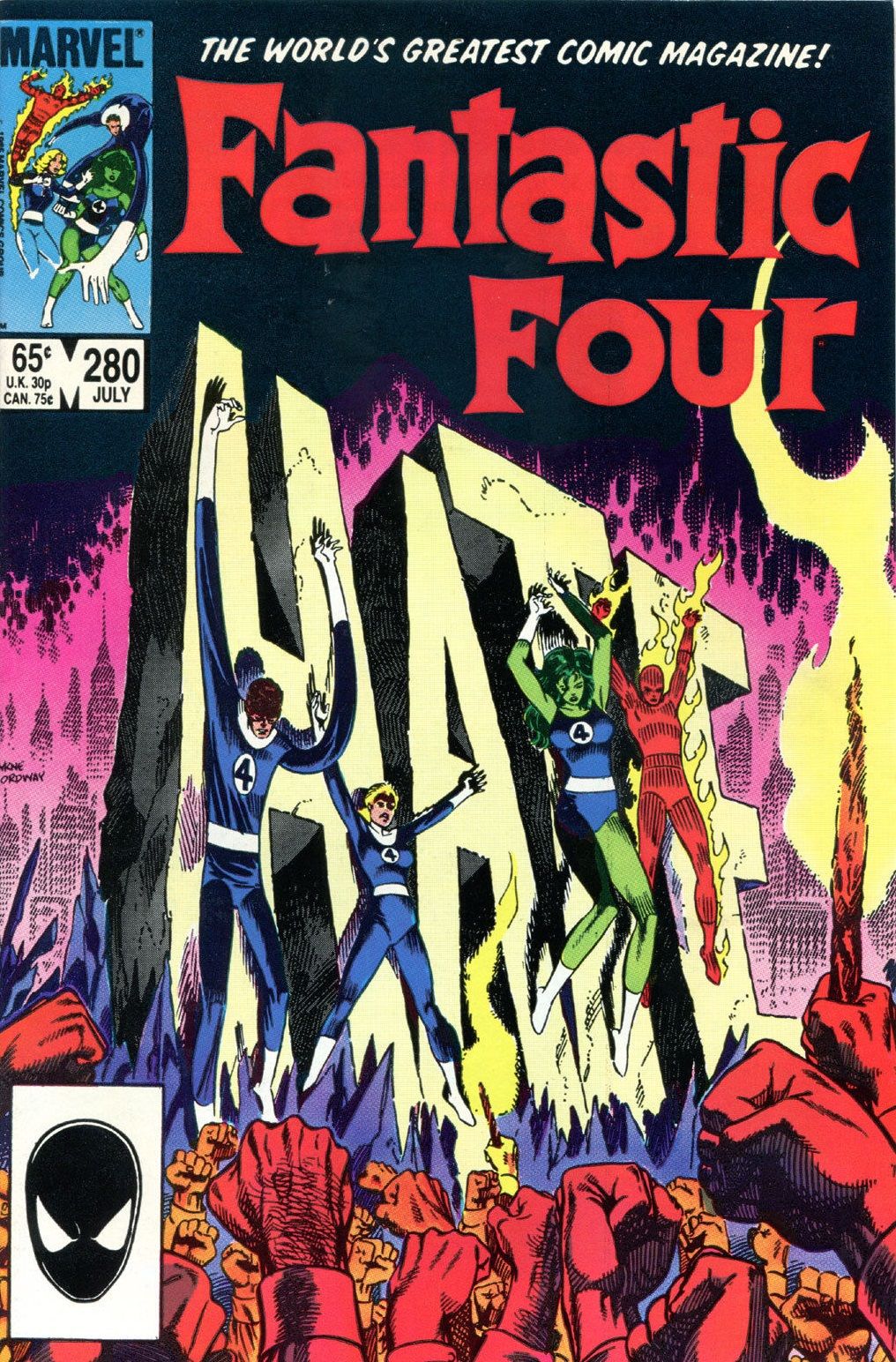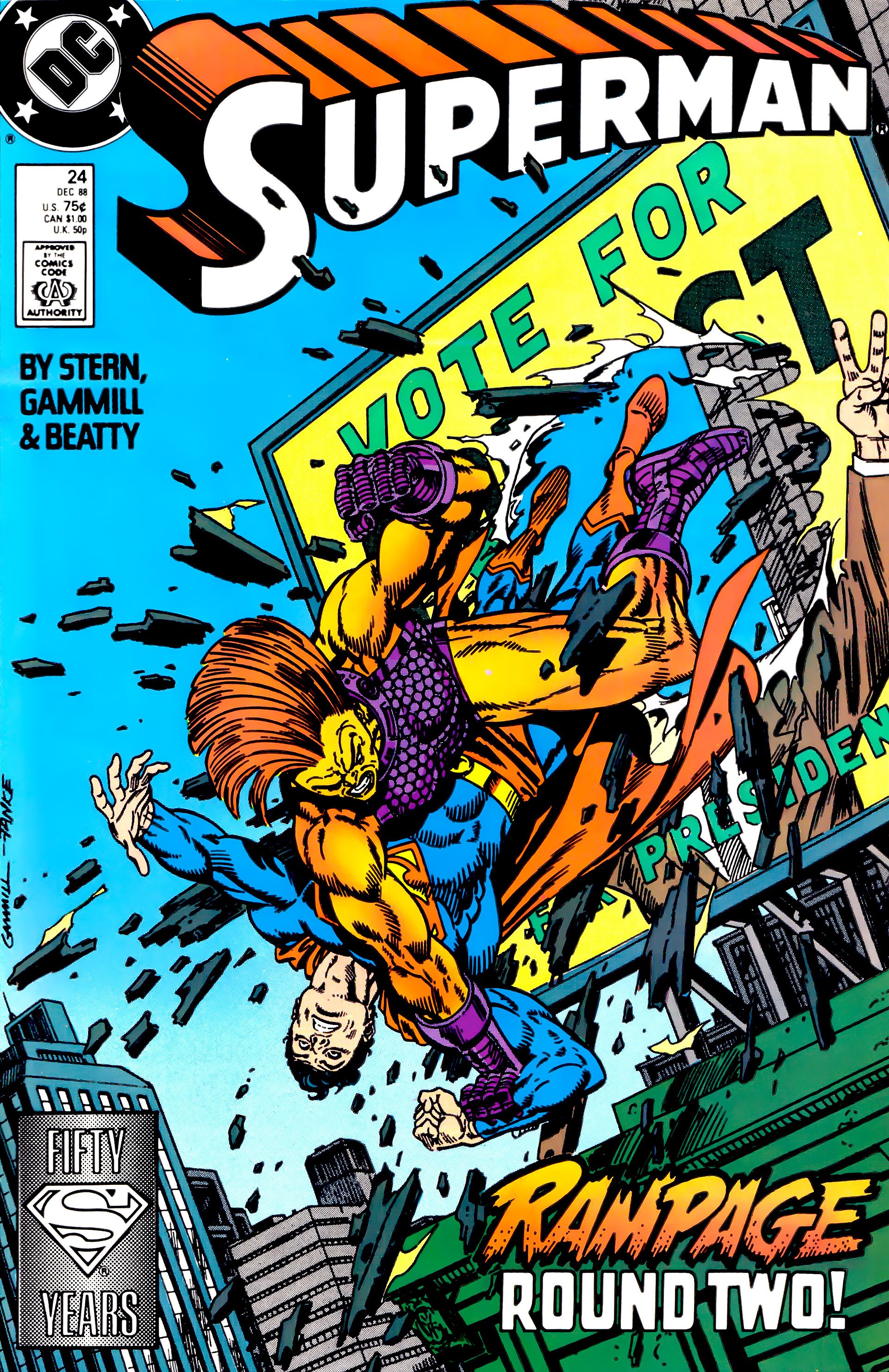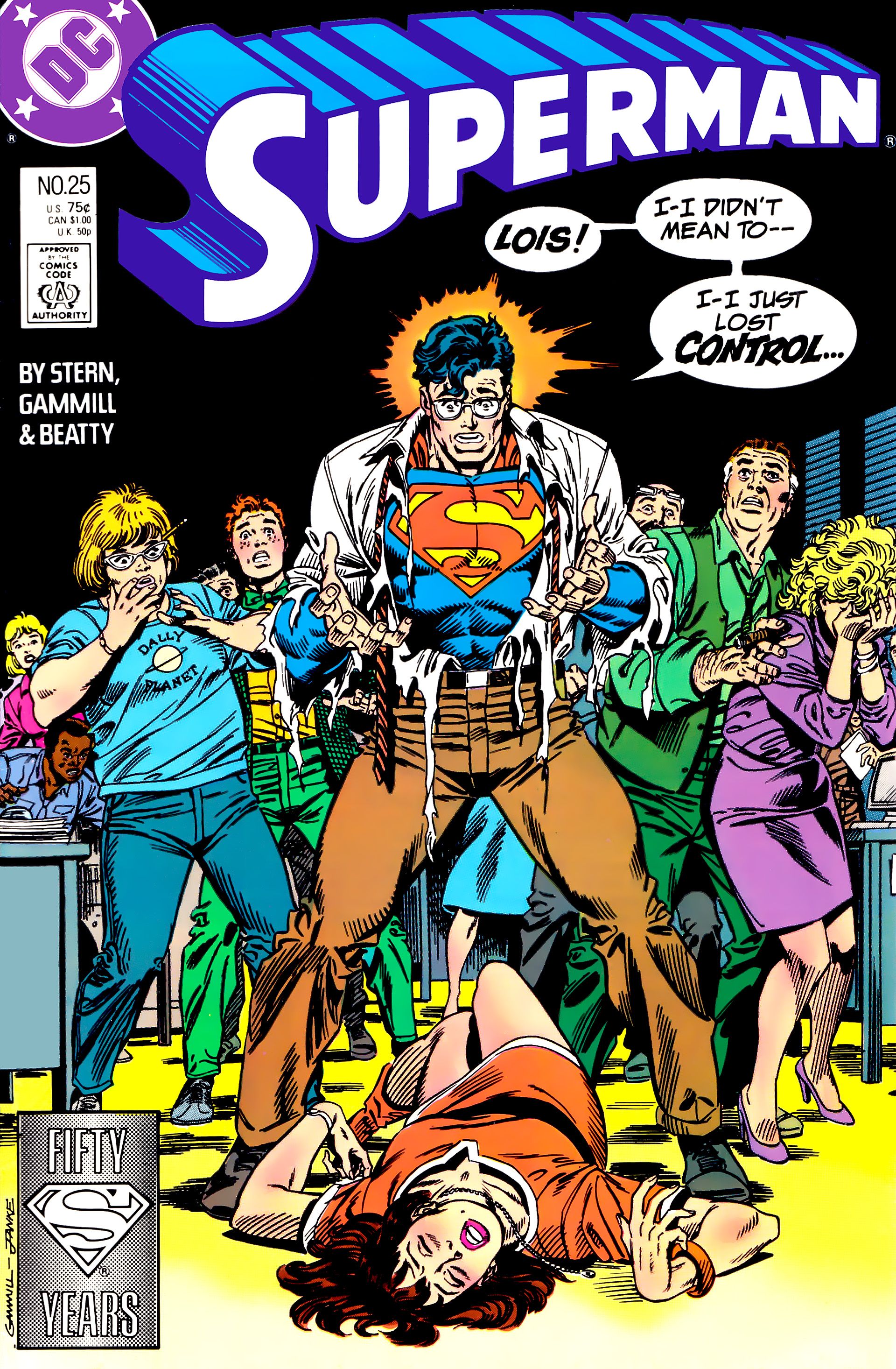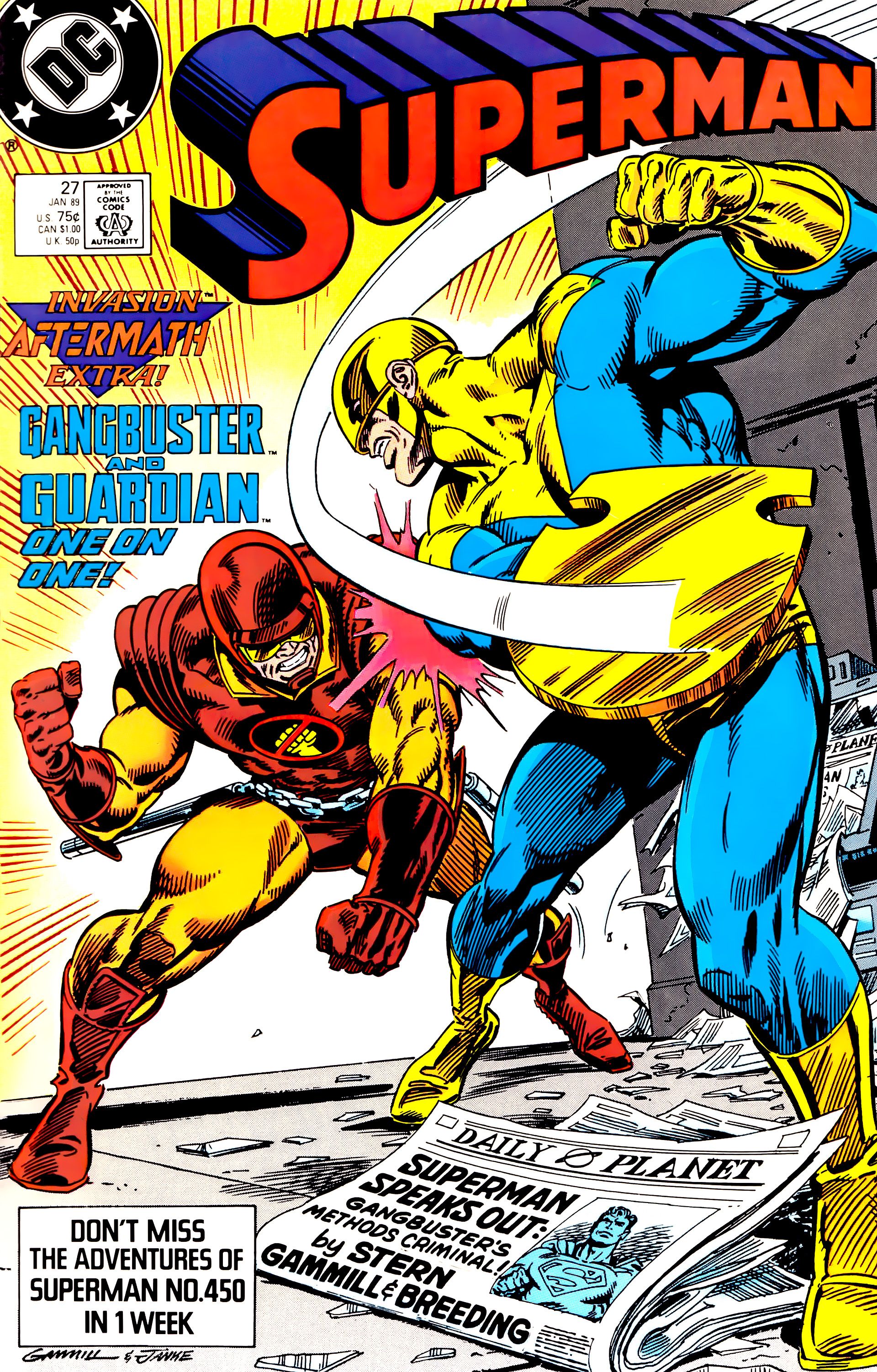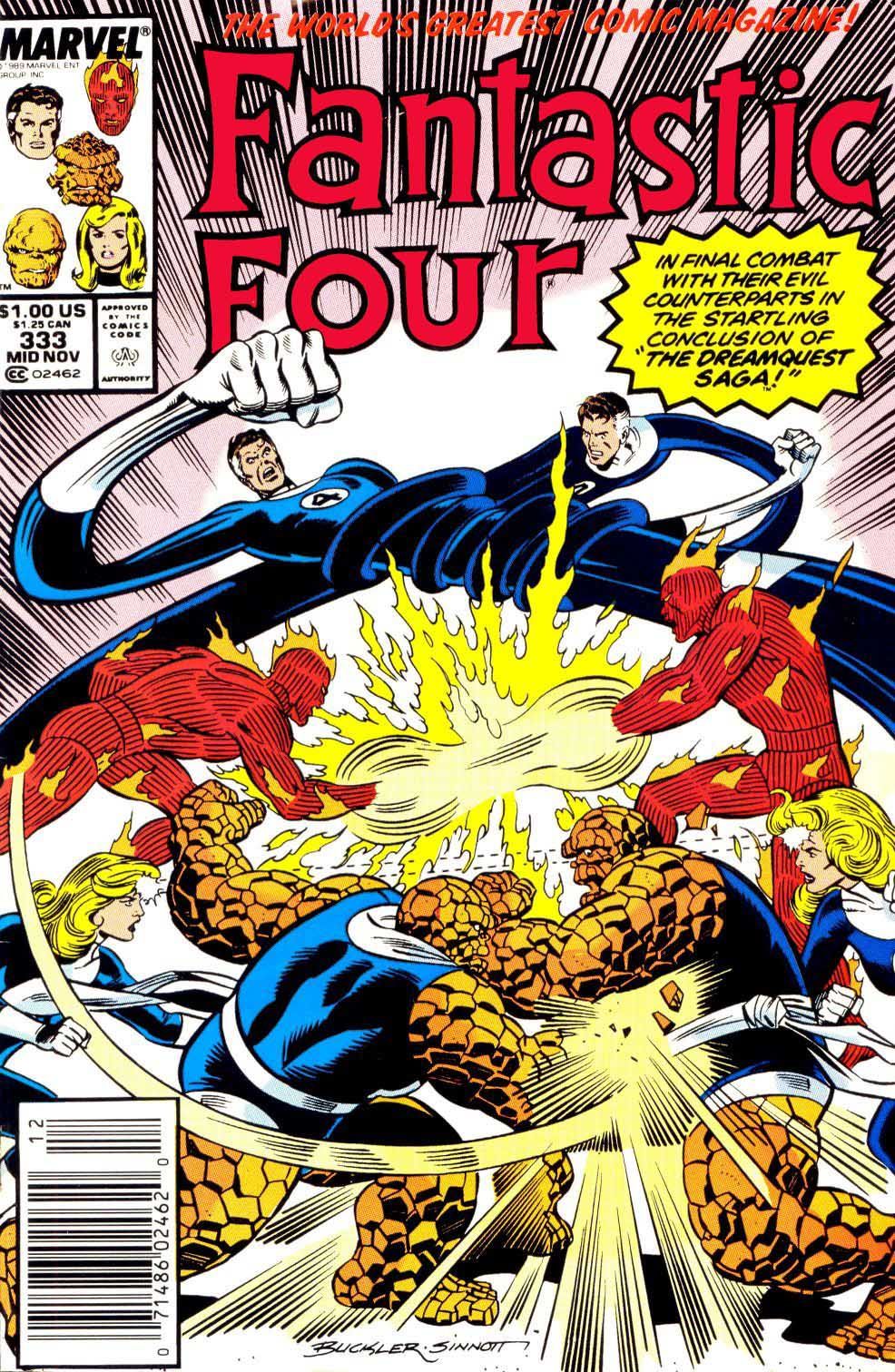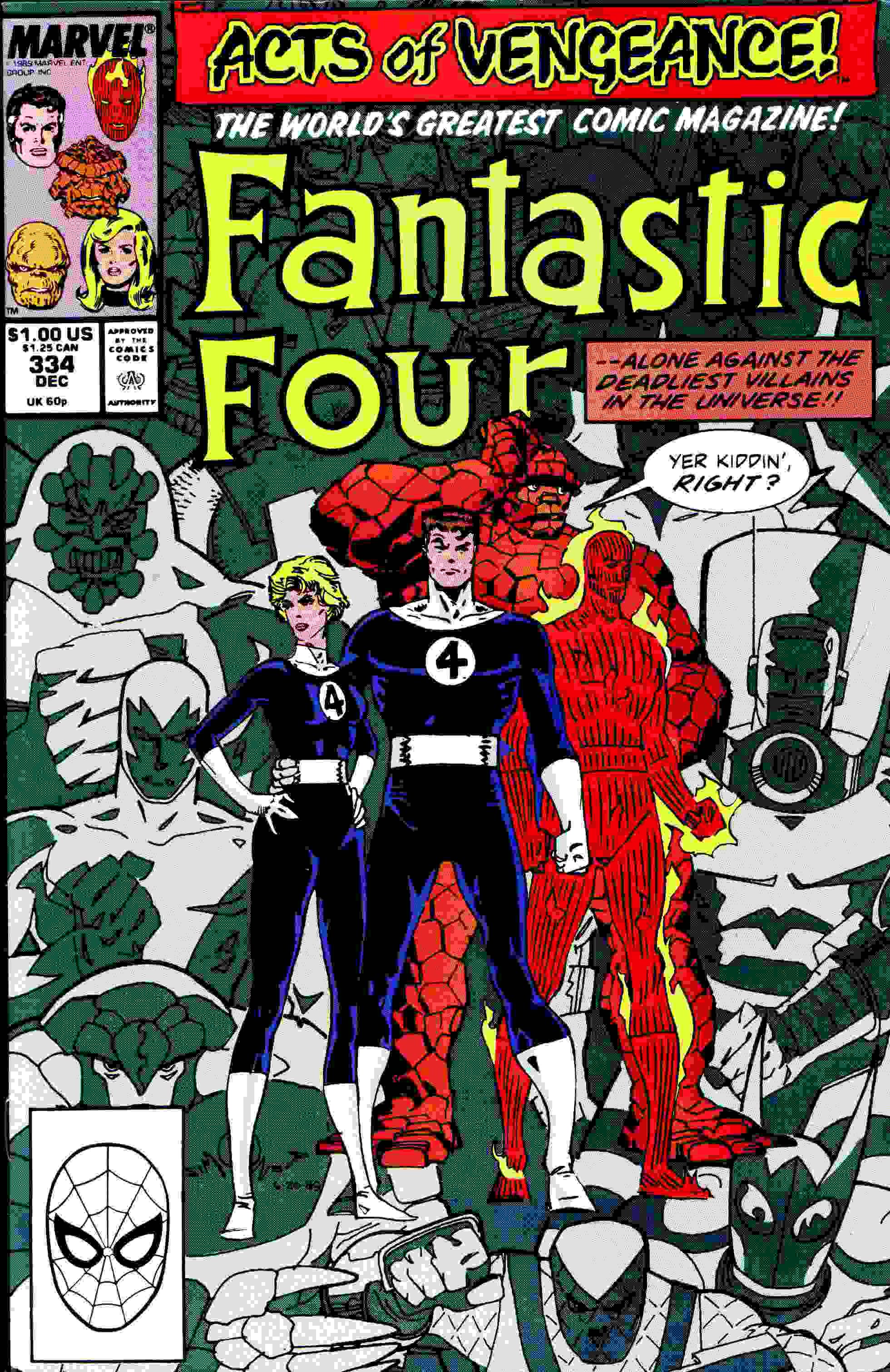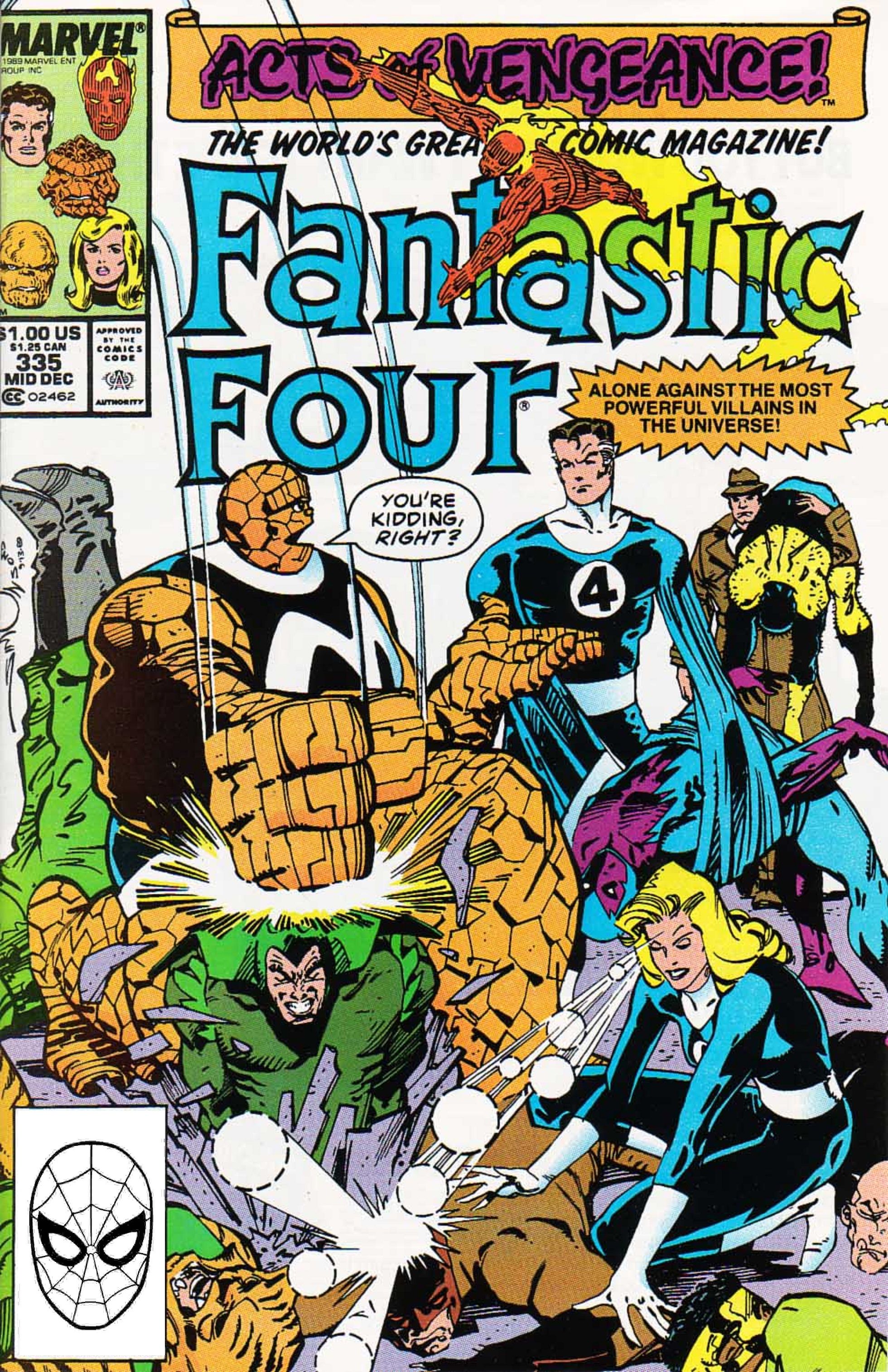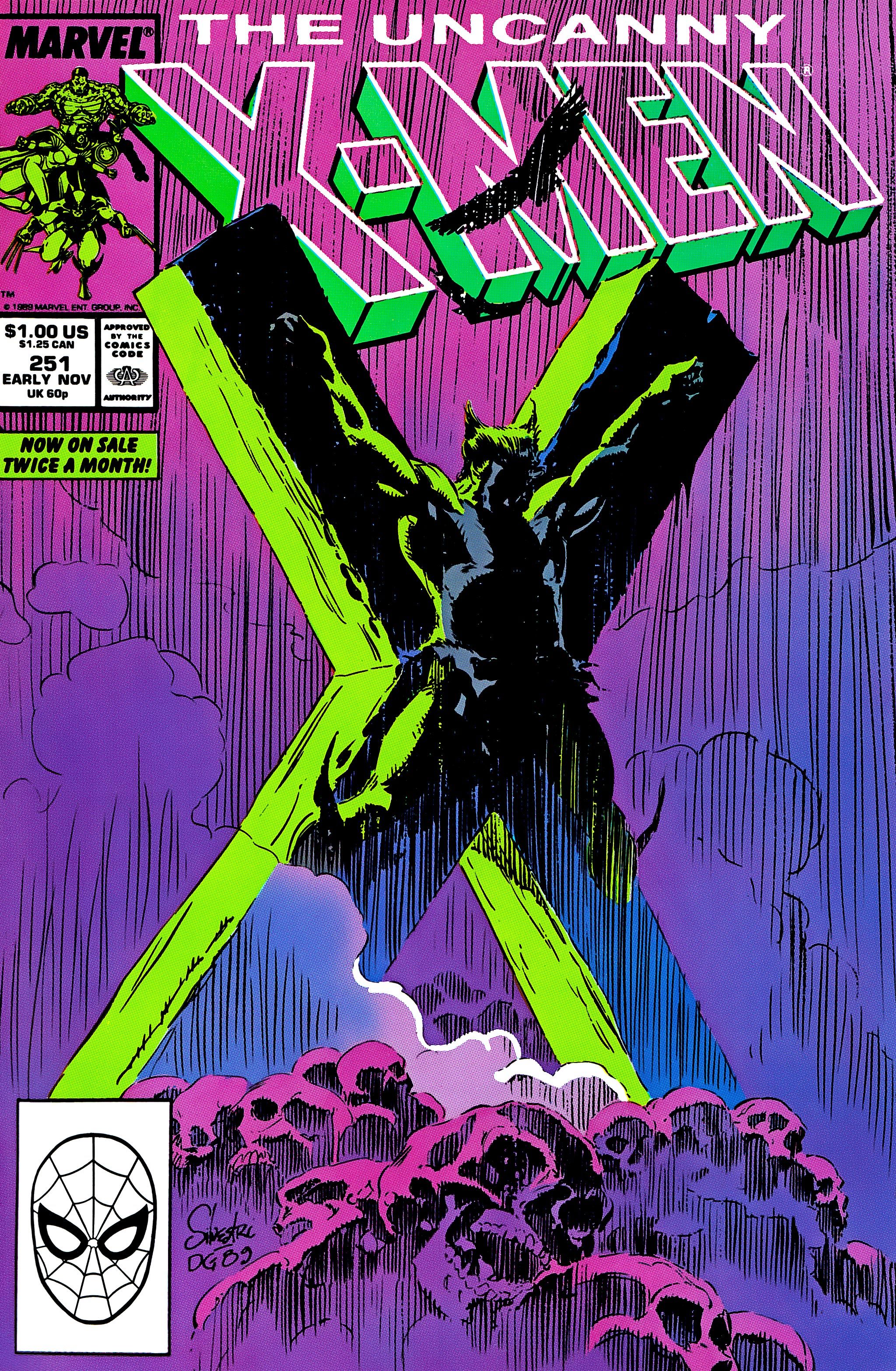Comic Book Questions Answered – where I answer whatever questions you folks might have about comic books (feel free to e-mail questions to me at brianc@cbr.com).
My pal, Corey Blake, basically wanted to know what the deal was with Marvel's late 1989 cover dates, specifically November and December, where it seemed like every comic that they put out was double-shipped...
And in the case of the "Uncanny X-Men," they seemed to have THREE issues released in each of those months...
Before I get to that, I'll have to explain some basic guidelines.
As you may or may not know, magazines and other periodicals use a system that's basically equivalent to a "Sell by" date. They list the date that the magazine should be taken off the shelves and then have the excess copies returned to the distributor for credit. This way, news stands can easily tell when it is time to change the stock. The general rule of thumb is three months lead time. So a magazine release in June will have a September cover date, so that when September comes, the news stand knows that they should pull that magazine off of the rack.
For decades, comic books ran under that same system.
Therefore, "Fantastic Four" #1 was released on August 8, 1961, but had a cover date of three months later, November 1961...
And so it went for many years at both Marvel AND DC Comics, everything was three months ahead of schedule (this wasn't ALWAYS consistent, but it is a general rule of thumb). Okay, so here's the thing. In the late 1970s, Marvel (and other comic book companies) began to offer their comics to comic book stores directly, in what is now referred to as "The Direct Market." These stores got the books as soon as Marvel was ready to ship them, which was typically three weeks before they went on sale on newsstands.
Chosen more or less at random, here is an issue of "Marvel Age" giving the release dates of "Fantastic Four" #280...
See the cover date for the issue? It still says July, because it was based on the newsstand release. But this now means that Marvel Comics' cover dates were now FOUR months ahead for direct market comics (I imagine many comic book fans in the 1980s went through that special moment when you stepped into a comic book store and saw that they had the "X-Men" issue you weren't expecting for three weeks on the spinner rack at your local 7/11).
That was kind of ridiculous, especially as the comic book market became more and more devoted to the direct market, where their sales were booming. But hey, even three months was getting kind of ridiculous.
Thus, DC and Marvel both decided that they had to get caught up. DC started first. At the end of 1988, they decided to change the cover dates on their books so that the cover dates would only be two months ahead of when the actual comic book was released.
How did they do so? Check it out on the covers of "Superman" #24-27.
"Superman" #24 had the same cover date as normal, December 1988 (for a comic that would be at direct market stores in August)...
But then "Superman" #25 and 26 are just cover date-less...
And then #27 picks up with January 1989...
Slick, DC!
Okay, so Marvel waited until the end of 1989, and then their solution was to cover date the books as November and then Mid-November and then December and Mid-December...
The books, though, were still monthly. Only the cover dates were different.
"Uncanny X-Men," however, was shipping two bi-weekly at the time, so they got the rare triple November and December cover date!
And it has been a two month gap ever since, although only DC still actually puts the cover dates on the covers of their comics anymore, so it is kind of a pointless thing to know nowadays.
Thanks for the interesting question, Corey! If anyone else has a question that they'd like to see answered, drop me a line at brianc@cbr.com!

